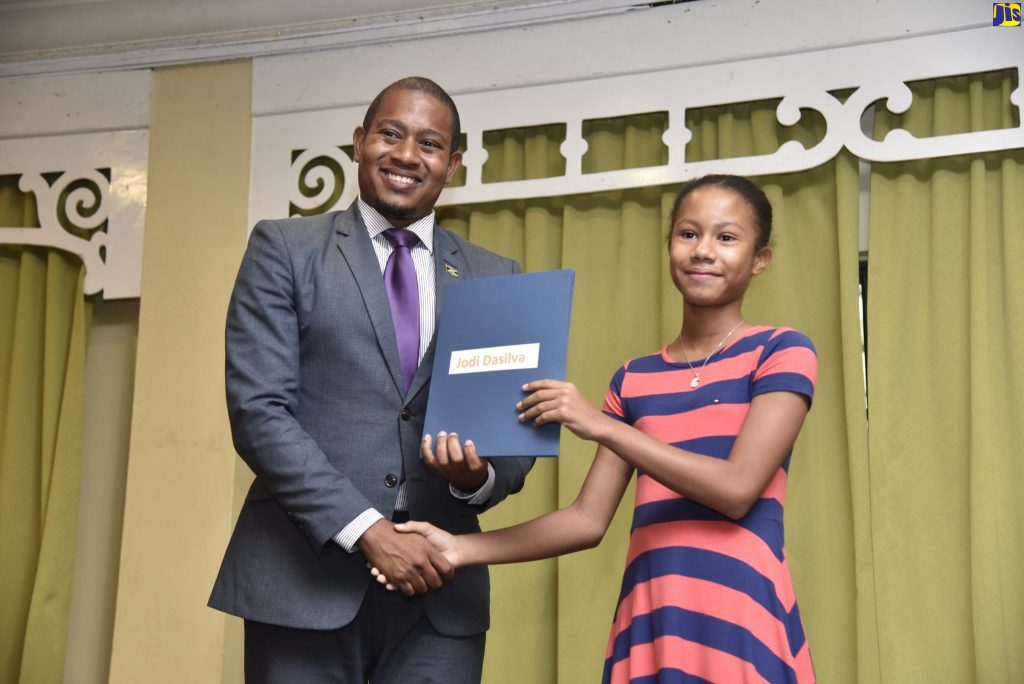The Struggle for Bursaries: South African Tertiary Students Face Financial Barriers
Education is often hailed as the key to unlocking potential, but for many South African tertiary students, financial constraints turn this dream into a distant reality. Every year, countless students who qualify for higher education find themselves unable to register due to the unavailability of bursaries or the lack of information on how to access them. The current bursary system in South Africa poses several challenges, particularly for students from low-income households, who depend on funding to pursue their academic aspirations.
A Broken System: Limited Bursaries and Narrow Access
While bursaries are intended to make education more accessible, the reality is far from ideal. There is not enough funding available to meet the overwhelming demand. The situation is even worse for students in creative fields, where bursary opportunities are scarce. Most bursaries cater to fields like engineering, medicine, or commerce, leaving those with artistic talents struggling to find support.
Furthermore, many bursaries come with conditions that tie students to specific institutions. For instance, a creative arts program bursary may only apply to a particular university, excluding students who may have gained admission to a different institution. This lack of flexibility often leaves students with few or no viable options.

Timing: A Major Obstacle
One of the most significant barriers to accessing bursaries is the timing. In South Africa, matric results are typically released in January – just weeks before universities open. However, many bursaries close their applications months earlier, often by September or October of the previous year. This creates a catch-22 for students, who cannot apply without their final results but miss the application deadlines once those results are available.
The lack of an appropriate application window is particularly devastating for students from disadvantaged backgrounds, who rely heavily on bursaries to fund their education. Without timely access to funding, many are forced to defer or abandon their studies altogether.
Lack of Awareness
Another major hurdle is the lack of accessible information. Many students are unaware of where to look for funding opportunities or how to apply. This is especially true in rural and underprivileged areas, where access to resources and guidance is limited. While some organizations and schools attempt to bridge this gap, the current efforts seem to be insufficient to meet the demand.
Where to find Bursaries? Despite the challenges, there are resources available for students seeking financial aid:

National Student Financial Aid Scheme (NSFAS): NSFAS provides financial aid to South African students from poor and working-class backgrounds. It covers tuition, accommodation, and other necessities.
Government Departments: Various government departments, such as the Department of Arts and Culture, offer bursaries for specific fields.
Corporate bursaries: Many companies provide bursaries for students in fields related to their industries. Examples include mining, banking, and technology companies.
Online Platforms: Websites like the Bursaries South Africa portal, CareerWise, Varsity Wise, and SA Youth often list available bursaries and their application criteria.
University Financial Aid Offices: Most universities have financial aid offices that provide information about available bursaries and scholarships.
A Call for Change
The current bursary system needs significant reform to address these challenges. Solutions could include:
Extending deadlines for bursary applications to remain open until after matric results are released, increasing the availability of bursaries for creative and underrepresented fields, expanding awareness campaigns to ensure students across the country—especially in rural areas—have access to information about bursaries and the application process, and removing restrictions that tie bursaries to specific institutions to provide students with more options are essential steps to making funding more inclusive and accessible for all.
For many South African students, tertiary education is the gateway to a better future. However, without adequate financial support, this dream remains unattainable. Addressing the issues surrounding bursary access is not just a matter of fairness – it’s an investment in the country’s future. It is time for institutions, corporations, and government bodies to work together to create a more inclusive and equitable system, ensuring that no deserving student is left behind.
